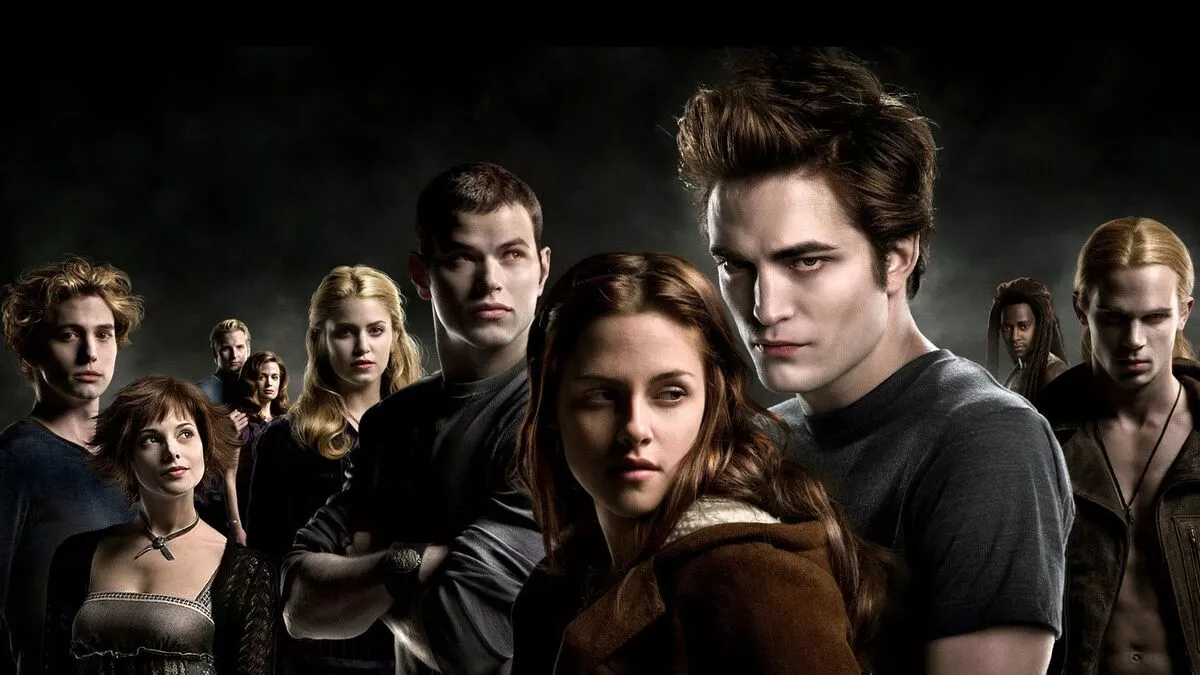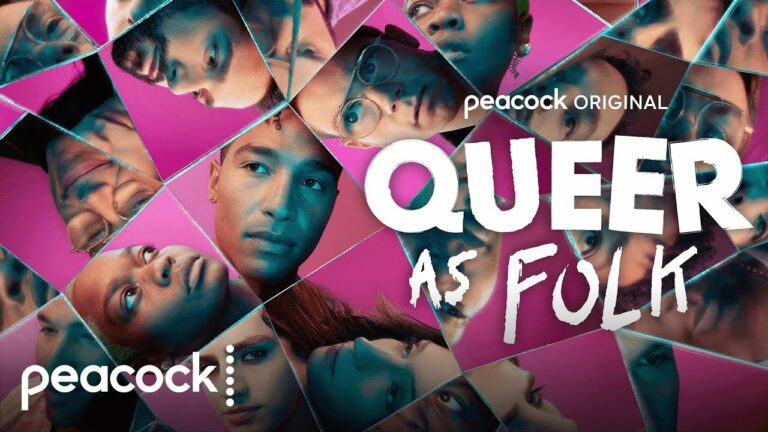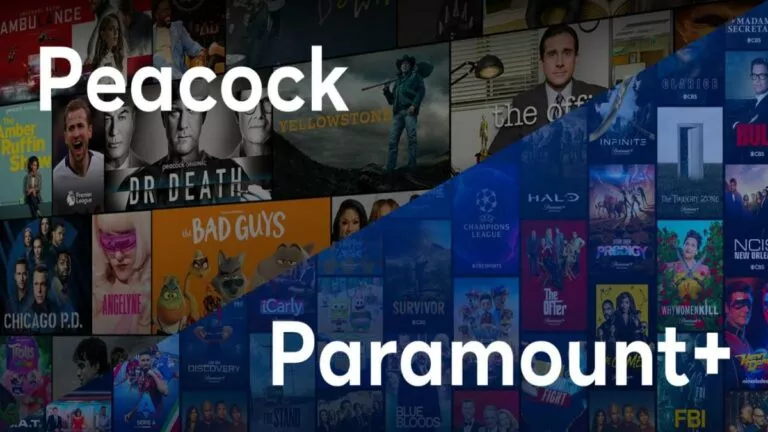Here’s A Fascinating Analysis For Why Twilight And The Cullen Family Captivated Audiences

Twilight, based on Stephanie Meyer’s novel series, became a global phenomenon with the release of the first film in 2008. The series, which stars Robert Pattinson as Edward Cullen and Kristen Stewart as Bella Swan, tells the narrative of Bella, a human, and Edward, a vampire. Despite the fact that their romance is forbidden, Bella marries Edward and eventually becomes a vampire herself.
Despite mixed reviews, Twilight was a commercial success, grossing over $3.4 billion worldwide. Furthermore, the films have survived in the form of Internet memes and media references, functioning as one of the most prominent modern representations of vampires in pop culture.
Though there are certain similarities between Twilight and other fantasy franchises due to the supernatural beings’ secrecy within the human world, there are also characteristics that are unique to the series. The vampires shimmering in the sun, the Volturi, and the Cullens’ distinctive lifestyle and backstories have all captivated audiences in The Twilight Saga. A literary scholar now explains why.
Why does Twilight and the Cullen Family look appealing?
In a new Vanity Fair video, Gothic literary professor Dr. Laura Westengard explains why Twilight’s vampires have lasted so long in popular culture. Dr. Westengard, a ‘Vampire Expert,’ links Twilight’s vampire depiction to the 1931 film Dracula as well as The Lost Boys, describing the Cullens as a cross between the greatest qualities of both. He said:
The Twilight vampires align with a lot of the depictions that we’ve seen throughout the centuries. In other ways, they diverge. When we get to Twilight, vampires technically can go out in the sun. It doesn’t weaken them, but it does expose them for their true nature. Their diamond skin, however, plays right into that same idea that they represent the pinnacle of status, beauty.
They pull [Dracula’s] Bela Lugosi’s class and wealth together with The Lost Boys’ flashy youth culture and create this new monster that everybody wants to either be or be with. They are the pinnacle of 21st century capitalist aspirations.”
Dr. Westengard’s fascinating analysis provides a compelling explanation for why Twilight and the Cullen family captivated audiences over the course of the series. Even viewers who agree with the critics are often drawn to the Cullen family in particular, with Alice (Ashley Greene) becoming a fan favorite due to her psychic abilities and charm.
The Twilight Saga not only appealed to its teen girl target audience, but it also expanded beyond that demographic. Thanks in part to the principles explained by Dr. Westengard. Twilight, rather than making vampires a terrifying creature to avoid, created an alluring version of the supernatural beings that appealed to modern ideals, making it the ultimate escapism film.
What are your thoughts on this theory? Do you think it applies? Let us know in the comments down below.






